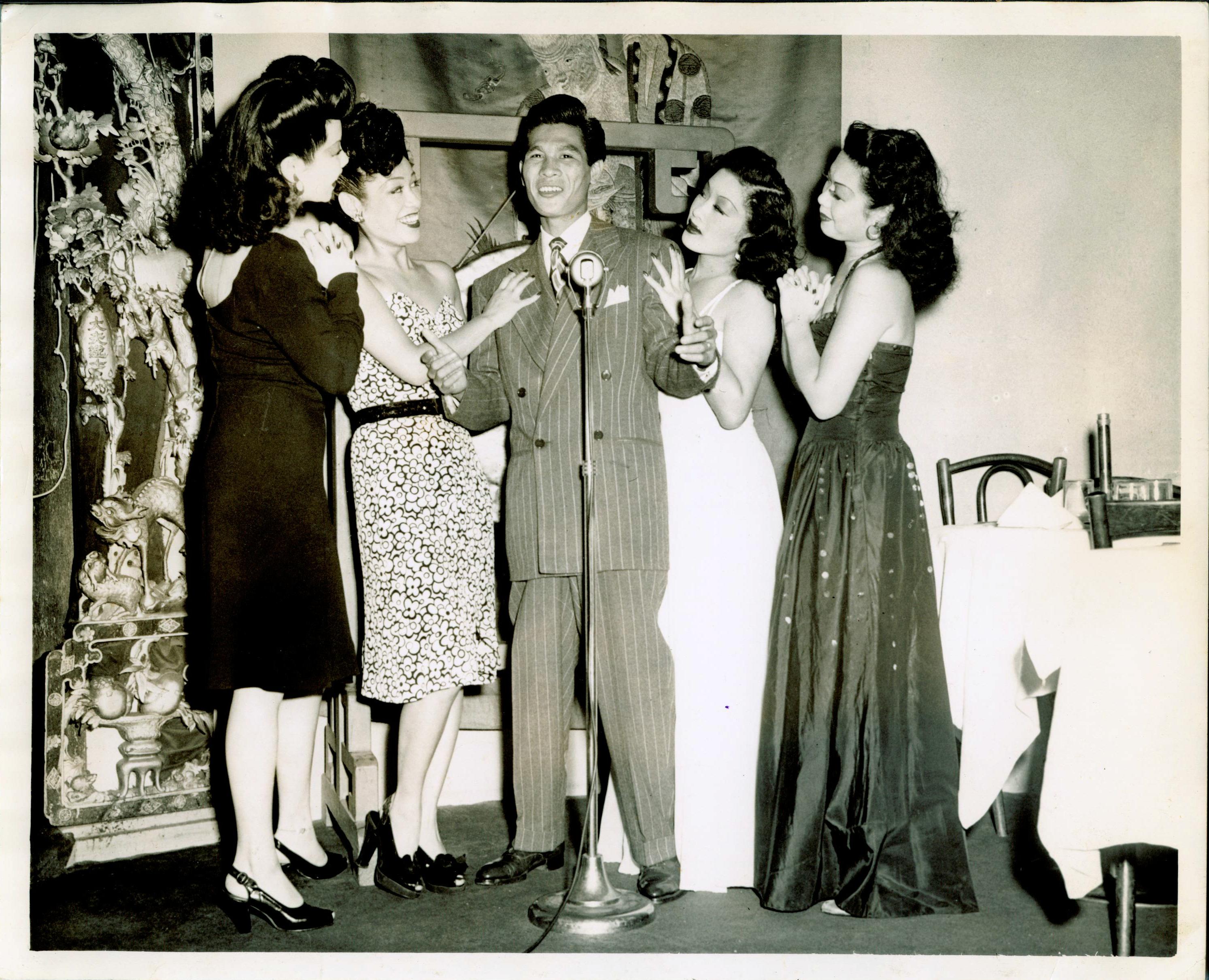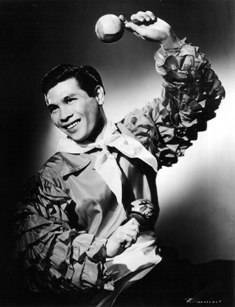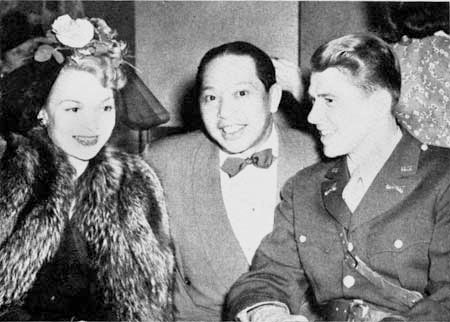Gene
Practically Family
- Messages
- 963
- Location
- New Orleans, La.
"Drunken Angel" is another Kurosawa film that really shows some great Western influence on clothing of the time in Postwar Japan.










 John Lofgren Monkey Boots Shinki Horsebuttt - $1,136 The classic monkey boot silhouette in an incredibly rich Shinki russet horse leather.
John Lofgren Monkey Boots Shinki Horsebuttt - $1,136 The classic monkey boot silhouette in an incredibly rich Shinki russet horse leather.  Grant Stone Diesel Boot Dark Olive Chromexcel - $395 Goodyear welted, Horween Chromexcel, classic good looks.
Grant Stone Diesel Boot Dark Olive Chromexcel - $395 Goodyear welted, Horween Chromexcel, classic good looks.  Schott 568 Vandals Jacket - $1,250 The classic Perfecto motorcycle jacket, in a very special limited-edition Schott double rider style.
Schott 568 Vandals Jacket - $1,250 The classic Perfecto motorcycle jacket, in a very special limited-edition Schott double rider style. Just for clarification, mate, you're speaking of East Asia, correct? After all, Asia is a huge continent...
Many of the Indian political elite were English educated and heavily influenced by British culture and styles. My favorite example is Jinnah the founder of Pakistan. Classic British 1930-40s style complete with monocle!:

Shanghai, Hong Kong, Vietnam and Singapore were very popular tourist hotspots in the golden era (especially Shanghai and Singapore). So the stream of Western influence would've been steady and strong for several decades.
Chasseur's suggestion of movies is a good one. Here are a few more...
Shanghai - "Shanghai" (set in Shanghai in 1941, months before the invasion of the Settlement), "The Painted Veil" (partially set in 1920s Shanghai).
Indiana Jones and the Temple of Doom starts in Shanghai in 1935.
Singapore - The TV series "Tenko", about the Japanese occupation of the Malay Peninsula and Singapore in the 1940s.
It's interesting that the men are wearing Western clothing but the women are wearing Japanese clothes.
Presumably also it would only have been the very wealthy who could have afforded to travel there, which also would tell us something about the styles that would have been influential. (Also there would have been sailors and the like, but less likely I think were they to have been fashion-influencers?).







